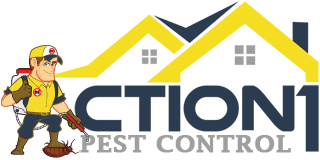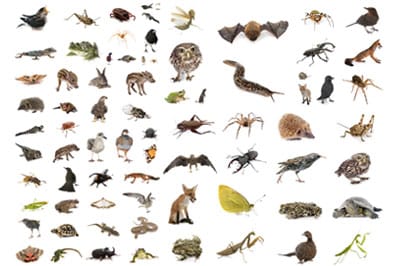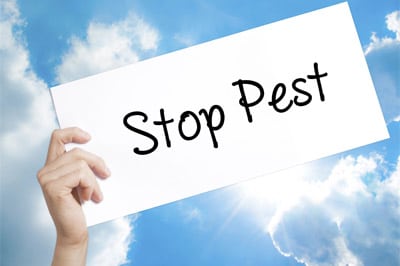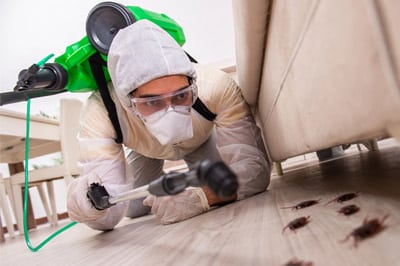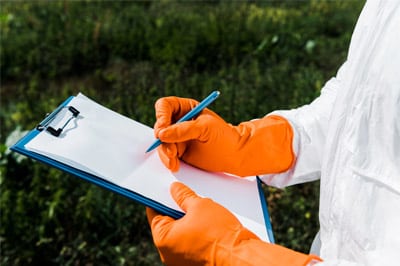Termite Control and Extermination
Call Us Today- Home
- »
- Termite Control
Termites cause billions of dollars in structural damage every year, making effective control strategies essential for protecting your property investment. These wood-destroying insects work silently within walls and foundations, often remaining undetected until significant damage has already occurred. Understanding how to identify, treat, and prevent termite infestations can save you thousands of dollars in repairs.
The most effective termite control combines professional treatment methods with ongoing prevention measures to eliminate current infestations and protect against future invasions. Modern control options range from liquid soil treatments and bait systems to targeted wood treatments, each designed to address specific termite species and infestation patterns.
We’ll guide you through recognizing the warning signs of termite activity, understanding different treatment approaches, implementing prevention strategies and reasons why you should choose our termite treatment services.
Highly Trusted Termite Control Company

High Quality Services

Affordable & Upfront Pricing

Emergency Same Day Service
Understanding Termite Infestations
Termite infestations develop when colonies establish themselves near or within structures, with different species exhibiting distinct behaviors and damage patterns. Worker termites form the backbone of these social insects, while subterranean termites represent the most destructive species in North America.
What are Termites?
Termites are social insects that feed primarily on cellulose found in wood and plant materials. These pests cause billions of dollars in structural damage annually across the United States.
Physical characteristics distinguish termites from similar insects. They have straight antennae, broad waists, and equal-length wings when present. Their soft, pale bodies measure between 1/4 to 1/2 inch in length.
Termites live in highly organized colonies with distinct castes. Each caste serves specific functions within the colony structure. The reproductive caste includes kings, queens, and swarmers who establish new colonies.
Worker termites handle food gathering, nest construction, and colony maintenance. They remain wingless throughout their lives and represent the largest population within any colony.
Soldier termites defend the colony using enlarged heads and powerful mandibles. They cannot feed themselves and depend entirely on workers for nutrition.
How Termite Colonies Operate
Termite colonies function as superorganisms with complex communication systems and division of labor. A single termite colony can contain anywhere from several thousand to over one million individuals.
Communication occurs through chemical signals called pheromones and physical vibrations. Termites bang their heads against tunnel walls to alert colony members of danger or food sources. These vibrations travel quickly through wood and soil.
The queen termite serves as the reproductive center, laying thousands of eggs daily. Some queens can live for decades and produce millions of offspring during their lifetime.
Colony expansion happens through established tunnels and new satellite colonies. Mature colonies send out winged reproductives during swarming events to establish additional nests.
Food distribution follows a systematic approach where workers share nutrients through a process called trophallaxis. This ensures all colony members receive proper nutrition regardless of their role.
Common Types of Termites
Three primary termite types threaten structures in the United States, each requiring different control approaches and presenting unique challenges.
Subterranean termites cause the most structural damage nationwide. These species build colonies underground and construct mud tubes to access food sources above ground. Subterranean termite colonies can extend hundreds of feet from their nest.
Key subterranean species include:
- Eastern subterranean termites
- Western subterranean termites
- Formosan termites
Drywood termites infest dry wood directly without soil contact. They create small entry holes and produce distinctive pellet-shaped droppings. These termites typically cause localized damage in specific wood pieces.
Dampwood termites prefer moisture-damaged wood and rarely infest sound structures. They require high humidity levels and often indicate existing moisture problems. These species typically affect outdoor wood structures like fences and decks.
Our 5 Step Pest and Termite Control Process
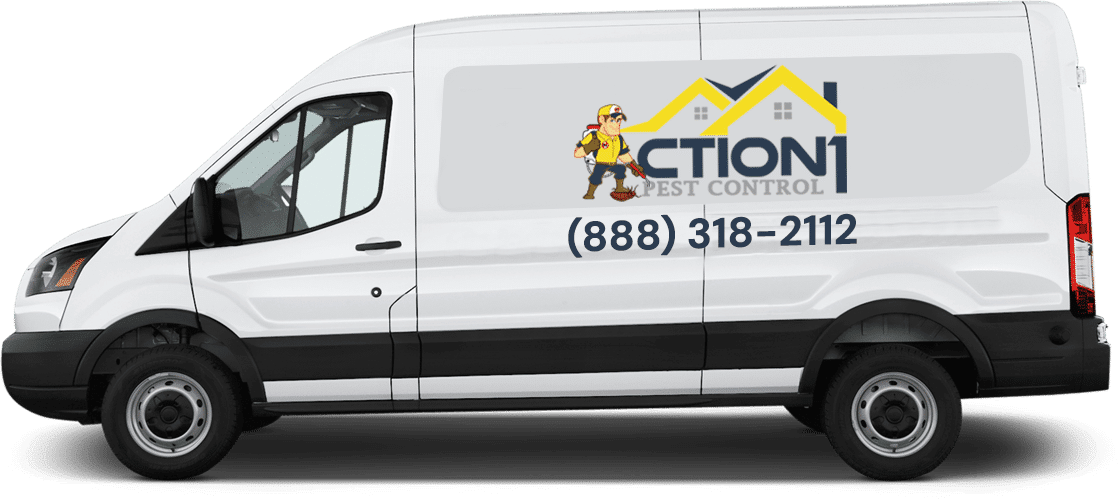
Identifying Termite Activity and Damage
Termite infestations often go undetected until significant damage occurs, making early identification critical for protecting your property. We can detect termite activity through specific visual signs, structural damage indicators, and the distinctive mud tubes these pests create to access wooden structures.
How to Identify Termites
We can distinguish termites from ants by examining their physical characteristics and behavior patterns. Termites have straight antennae that may droop, while ants have bent antennae at ninety-degree angles.
Wing characteristics:
- Termites: Wings are roughly equal in length
- Ants: Front wings are longer than hind wings
We typically encounter termite swarms during spring months when reproductive termites emerge to establish new colonies. These swarmers appear near windowsills, doors, and light sources.
Common termite types we encounter:
- Subterranean termites (most common)
- Drywood termites (smaller, less common)
- Formosan termites (invasive species)
We should examine any winged insects carefully before assuming they are flying ants. Termite swarmers lose their wings quickly after swarming, leaving behind discarded wings near entry points.
Signs of Termite Damage
We can identify termite damage by probing exposed wood with a flathead screwdriver to detect hollow spots. Termites consume wood from the inside out, often leaving structural timber looking intact on the surface.
Key damage indicators include:
- Buckling or sagging floors
- Bubbling or peeling paint
- Swollen or warped wooden structures
- Hollow-sounding wood when tapped
- Small holes in drywall or wood
We often discover damage during construction or renovation projects when we access hidden areas. Termites rarely emerge from their tunnels, making visual detection challenging.
Structural warning signs:
- Doors and windows that stick or won’t close properly
- Squeaky or springy floorboards
- Crumbling wood that resembles water damage
- Visible wooden beams with carved-out sections
We should inspect basements, crawl spaces, and areas around windows regularly using flashlights and moisture meters to detect early activity.
Recognizing Mud Tubes and Entry Points
We can identify subterranean termite activity by locating their distinctive mud tubes along foundation walls, joists, and other surfaces. These tubes provide protected pathways between soil colonies and food sources.
Mud tube characteristics:
- Width of a pencil to several inches
- Brown, dried-mud appearance
- Found along foundations, walls, or wooden structures
- Connect soil to wooden elements
We should examine foundation walls carefully, as termites exploit cracks and gaps where utilities enter the structure. These entry points often remain hidden behind stored items or landscaping.
Common locations for mud tubes:
- Basement walls and foundations
- Crawl space supports
- Exterior concrete steps
- Garage foundations
We can break open mud tubes to check for active termites, but empty tubes don’t guarantee the colony has left. Fresh tubes may be rebuilt within days if the colony remains active nearby.
Foundation walls provide the most common access points, especially where moisture creates favorable conditions for termite activity.
Termite Inspection and Monitoring
Our inspections detect existing termite activity through comprehensive property examinations, while monitoring stations provide ongoing surveillance to catch new infestations before they cause significant damage.
Professional Termite Inspection
Our professional termite inspections involve trained technicians examining your property for signs of termite activity and damage. Licensed inspectors use specialized equipment to check crawl spaces, basements, attics, and wooden structures throughout your home.
During the inspection process, we look for key indicators of termite presence:
- Mud tubes along foundations
- Termite droppings (frass) near wooden structures
- Hollow-sounding wood when tapped
- Discarded wings from swarmers
- Visible wood damage or buckling
Inspectors utilize moisture meters and thermal imaging cameras to detect hidden activity. These tools identify areas with excess moisture that attract termites and reveal temperature variations indicating concealed infestations.
The inspection typically takes 1-3 hours depending on property size. We examine both interior and exterior areas, paying special attention to areas where wood contacts soil.
After completion, you receive a detailed report outlining findings and recommended treatment options. This documentation proves essential for real estate transactions and insurance claims.
Using Termite Monitoring Stations
Termite monitoring stations provide continuous surveillance around your property perimeter. These stations contain monitoring materials that attract termites, allowing early detection before colonies establish inside your home.
We install stations at strategic locations every 10-20 feet around your foundation. The stations remain buried at ground level, creating an invisible protective barrier.
Station components include:
- Monitoring cartridges with wood or cellulose attractants
- Bait materials for colony elimination
- Inspection ports for easy access
Pest control services check stations quarterly during routine visits. When termites are detected, we replace monitoring materials with active bait that workers carry back to eliminate entire colonies.
This system offers several advantages over traditional liquid treatments. Stations target the source rather than just creating barriers. They also provide ongoing monitoring capabilities that detect new termite activity immediately.
The monitoring approach works particularly well for subterranean termites, which must return to soil regularly for moisture.
Effective Termite Control Methods
Termite control relies on proven methods that target different aspects of termite behavior and biology. Chemical barriers create protective zones around structures, while bait systems eliminate entire colonies through targeted poisoning.
Chemical Barriers and Liquid Termiticides
Chemical barriers form the foundation of professional termite control. We apply liquid termiticides like fipronil (found in Termidor) directly to soil around foundation perimeters.
These treatments create continuous protective zones that termites cannot cross without exposure to lethal chemicals. The insecticide remains active in treated soil for 5-10 years under normal conditions.
Application methods include:
- Trenching around foundation walls
- Rod injection through concrete slabs
- Pre-construction soil treatment
Fipronil-based products like Termidor work through transfer effects. Termites exposed to treated soil carry the insecticide back to colonies, eliminating other members through contact.
We typically apply 4 gallons of diluted termiticide per 10 linear feet of foundation. Treatment depth reaches 6 inches below grade and extends 6 inches from foundation walls.
Termite Bait Systems
Termite bait stations provide long-term colony elimination through strategic placement around structures. We install monitoring stations every 10-15 feet around building perimeters.
These systems contain cellulose materials that attract foraging termites. Once termite activity is detected, we replace monitors with active bait containing slow-acting insecticides.
Key advantages include:
- Minimal chemical use
- Colony elimination potential
- Ongoing monitoring capability
- Environmental safety
Worker termites consume bait and share it with colony members through feeding behaviors. The process eliminates entire colonies over 2-6 months.
We check bait stations quarterly during active seasons. This monitoring allows us to detect new termite activity before structural damage occurs.
Fumigation for Severe Infestations
Fumigation addresses widespread drywood termite infestations that liquid termiticides cannot reach effectively. We seal entire structures under gas-proof tarps and introduce sulfuryl fluoride gas.
The fumigant penetrates all wood materials throughout the structure. Treatment typically requires 24-72 hours depending on building size and termite species.
Fumigation process:
- Structure preparation and sealing
- Gas introduction and monitoring
- Aeration and clearance testing
- Safe re-entry authorization
This method eliminates all termite life stages within treated structures. We use specialized equipment to monitor gas concentrations and ensure complete coverage.
Fumigation works best for drywood termites in walls, attics, and furniture. The process requires temporary relocation but provides immediate results across entire structures.
Integrated Pest Management Strategies
Integrated pest management (IPM) combines multiple termite control approaches for comprehensive protection. We assess specific site conditions and termite species before selecting treatment combinations.
IPM components include:
- Regular inspection schedules
- Moisture control recommendations
- Structural modifications
- Chemical and non-chemical treatments
We often combine liquid termiticides with bait systems for enhanced protection. This approach addresses both existing colonies and prevents new infestations.
Environmental monitoring helps us adjust treatment strategies based on termite pressure and seasonal activity patterns. We modify bait station placement and inspection frequencies according to local conditions.
Prevention measures like proper drainage and wood-to-soil contact elimination reduce future termite attraction. These modifications work alongside chemical treatments to create long-term protection systems.
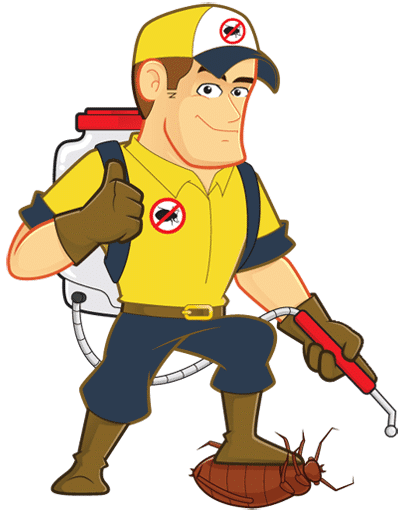
Why Hire Our Team
Selecting the right termite treatment provider requires careful evaluation of professional qualifications and understanding what comprehensive service entails. The decision involves knowing when professional intervention becomes necessary and what specific treatment protocols you should expect.
When to Hire Our Team
We recommend calling our pest control service immediately when you notice mud tubes along foundation walls or wooden structures. These pencil-thick tunnels indicate active termite colonies.
Swarmers or discarded wings near windows and doors signal reproductive termites establishing new colonies. This requires urgent professional assessment.
Hollow-sounding wood when tapped suggests internal termite damage. Our experts use specialized equipment to detect the extent of infestation that we cannot see.
Preventive hiring makes financial sense for properties in high-risk areas. Annual inspections cost significantly less than structural repairs from undetected infestations.
Professional intervention becomes essential when:
- Previous DIY treatments failed
- Multiple termite species are present
- Structural damage is already visible
- Property transfers require certified inspections
Our licensed techs possess training and equipment that ensures complete colony elimination rather than temporary suppression.
What to Expect from Our Termite Treatment Services
Comprehensive pest control service begins with detailed property inspection using moisture meters and thermal imaging cameras. Technicians identify termite species, colony locations, and damage severity.
Our treatment proposals will specify methods like liquid soil barriers or baiting systems. Reputable companies explain why particular approaches suit your situation.
Our professionals typically offer integrated management combining multiple techniques. This might include soil treatment around foundations plus targeted wood treatments in affected areas.
Service agreements must include written guarantees covering re-treatment if termites return within specified timeframes. Most warranties last one to five years depending on treatment type.
Follow-up inspections occur at regular intervals to monitor treatment effectiveness. Companies should provide detailed reports documenting termite activity levels and any necessary adjustments.
Professional services include:
- Pre-treatment preparation guidance
- Safe chemical application protocols
- Post-treatment monitoring schedules
- Detailed documentation for warranties
